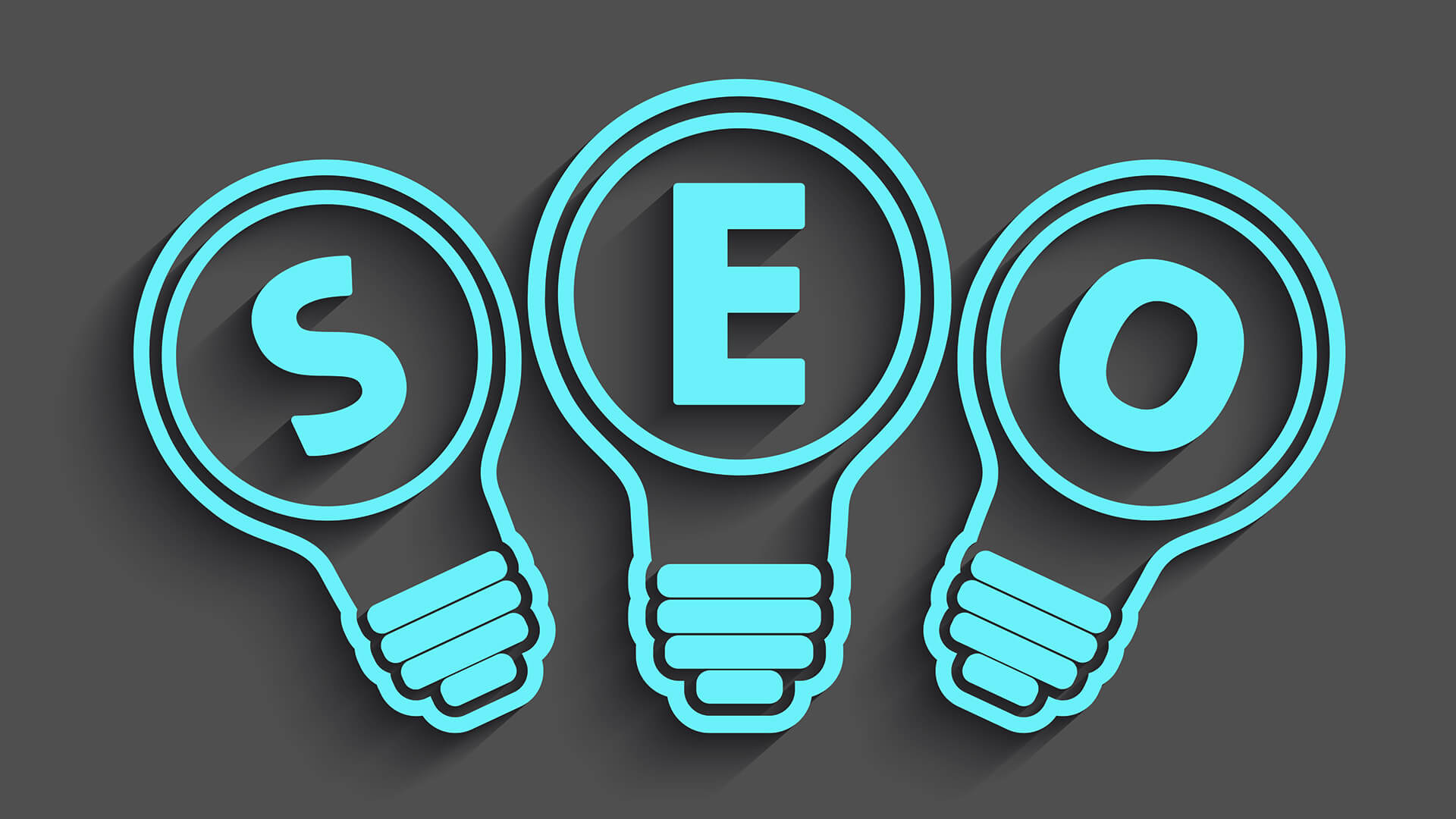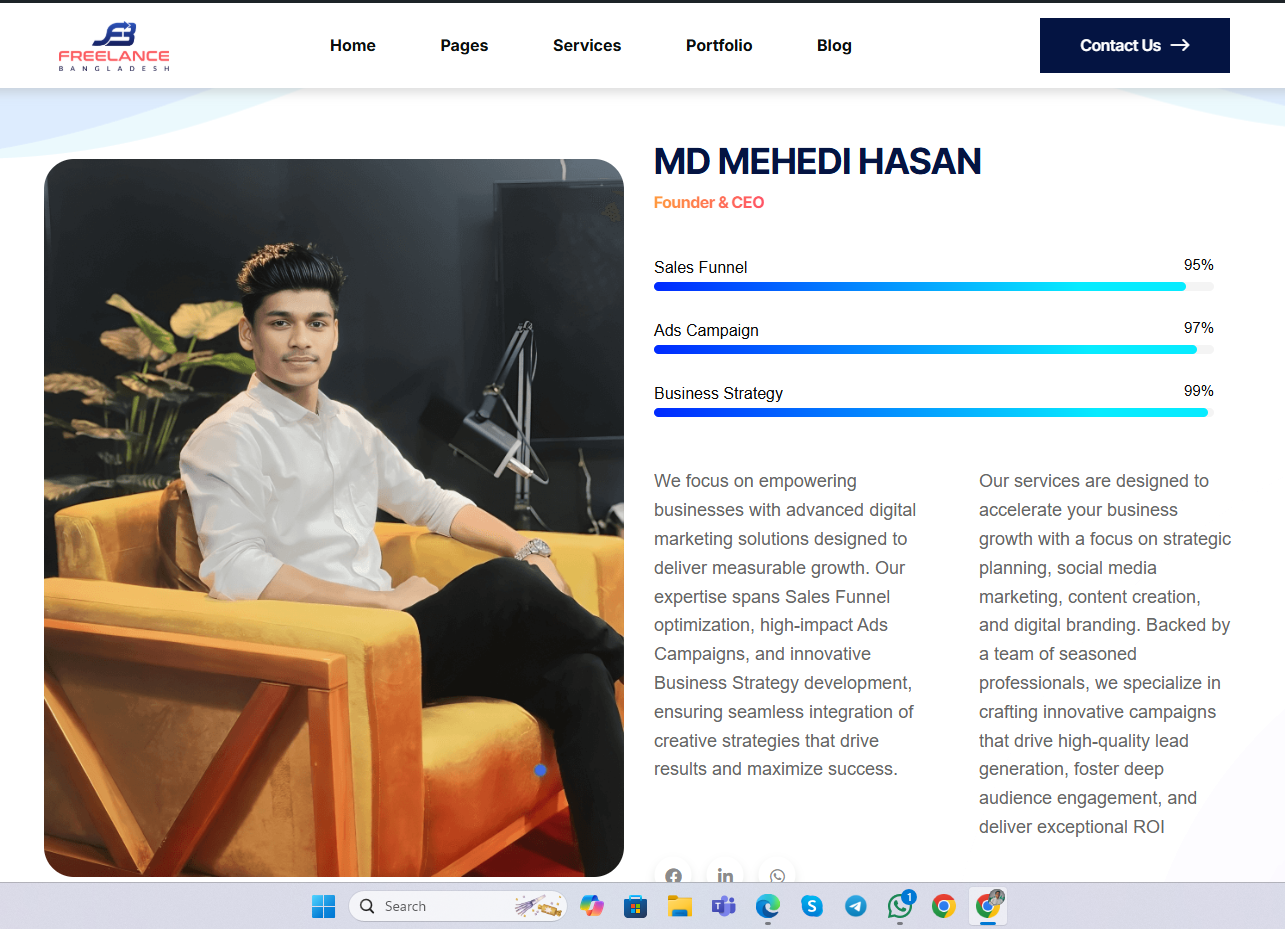
-
 0tvcd
0tvcd - No Comments
- December 1, 2023
Perfect From Beginning to End Faster and More Efficiently
efine Perfection Clearly
- Set Goals: Identify what “perfect” means for your project (e.g., flawless design, seamless functionality, or clear communication).
- Key Metrics: Define measurable outcomes to gauge success.
- Stakeholder Input: Collaborate with others to align on expectations.
2. Plan Strategically
- Break Down Tasks: Divide the project into smaller, manageable milestones.
- Prioritize: Focus on high-impact tasks first using frameworks like Eisenhower’s Matrix.
- Timeline: Create realistic deadlines for each phase to stay on track.
3. Use the Right Tools
- Project Management: Tools like Trello, Asana, or Notion for streamlined task management.
- Automation: Automate repetitive tasks to save time (e.g., email templates, scripts).
- Specialized Software: Leverage software designed for your domain, such as Figma for design or Python for coding.
4. Work Smarter, Not Harder
- Templates: Use pre-existing templates and frameworks to reduce initial effort.
- Batch Processing: Group similar tasks to minimize context switching.
- Delegation: Assign tasks to skilled team members or outsource non-core activities.
5. Iterate and Optimize
- Prototype Quickly: Build minimum viable versions and improve based on feedback.
- Test Regularly: Conduct frequent quality checks to identify issues early.
- Adapt: Be flexible in modifying plans based on challenges or new insights.
6. Maintain Efficiency
- Focus Blocks: Use techniques like Pomodoro for focused work sessions.
- Feedback Loops: Incorporate feedback early and often to avoid backtracking.
- Minimize Distractions: Keep your environment conducive to focused work.
7. Final Polishing
- Quality Assurance: Perform detailed reviews or tests before declaring completion.
- Presentation: Ensure the final delivery is polished and professional.







